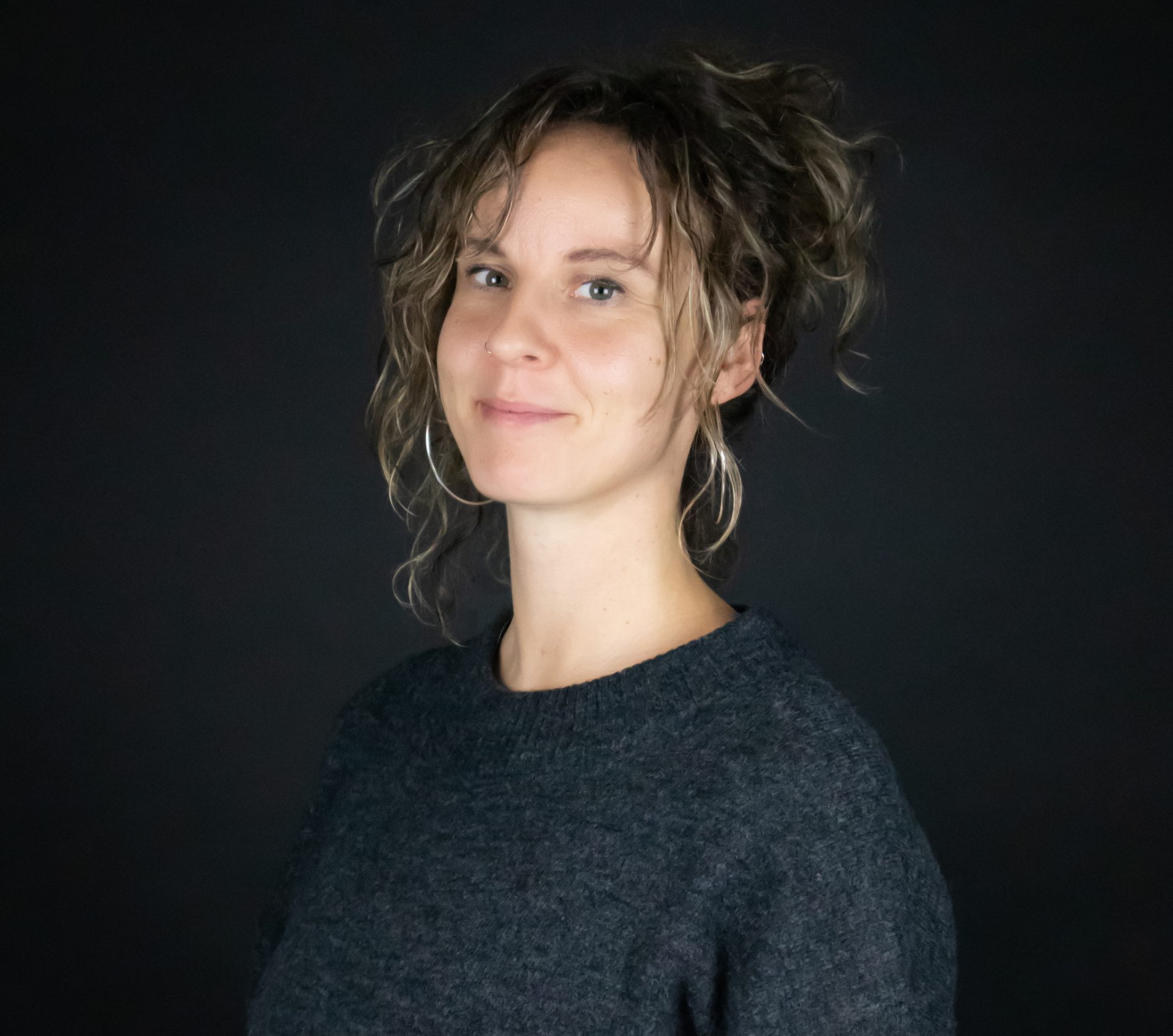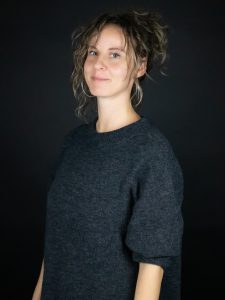
Increasing sensitivity to diversity
How do we support our teachers in delivering and designing education that has sensitivity to the diverse perspectives of the student population? But also to the diversity within the context of the subject(area)? And what about the effectiveness of a training on this topic? With these questions, Brit Giesbertz headed to the ICEB Congress.
Brit Giesbertz
 |
Brit Giesbertz is no stranger at Science Park. Both an alumna and a former teacher of the Bachelor Psychobiology, she was study advisor at the bachelor Information Studies for a while and now dedicates her time to developing and providing trainings for the Teaching & Learning Centre (TLC).
|
Counterproductive effect
The first workshop I attended was an immediate wake-up call: unconscious bias training can have a counterproductive effect. The main reasons for this are the responsibility that often remains with the individual instructor and trainings that focus only on awareness and not on strategies to do something with it (Atewologun et al., 2018). Great, immediately a list of concrete advice: provide training to teacher teams; ensure that ‘further learning’ is possible (not a single ‘check-off’ training); provide strategies so that teachers feel empowered and inspired; and evaluate the effectiveness of your training.
So don’t let teachers and trainings stand alone. And that proved to be a common thread of the ICED conference for me. More attention is needed to the story. The story behind people (students, teachers, and our own), but also the story behind the curriculum and the institution. Who are the authors? In what context did a theory emerge? What consequences can be drawn from it?
Story of the institute
It was inspiring to see, for example, how different universities, each in their own way, engaged with the decolonization process (and dared to call it that). This was mostly characterized by placing students, faculty, programs and institutions in a broader context. For example, keynote speaker Kathryn Sutherland spoke about Holistic professional development in teaching & learning: “People are more than just teachers. Look at the whole academic role, institution and person.” To illustrate, at her University Victoria University of Wellington, New Zealand, teaching & learning pedagogies are based on Maori values (e.g. rangatiratanga: leadership and autonomy; akoranga: reciprocity of teaching and learning).
Student’s story
Another great example was the Big-change project: a student-led programme to anti-racism within Machester Metropolitan University. Heads of department were interviewed by BAME (Black, Asian, Minority Ethnic) student ambassadors in which agreements were made to improve the experiences of these students at the university (interviews have been made public on the website). Powerful part of this project were the short videos of actors recounting the students’ exclusionary experiences at university. For example, how it feels when your name is mispronounced for an entire semester.
Storytelling by the teacher
As far as I am concerned, we could also use storytelling itself more as a teaching method within teacher professionalisation. For example, to talk about educational philosophy and teacher identity. Because not only is this an interesting method to get teachers to think about their own educational vision, but also to practice perhaps the most challenging skill when it comes to diversity sensitivity: listening.
Interested to talk more about this particular topic? I look forward to hearing your story!






